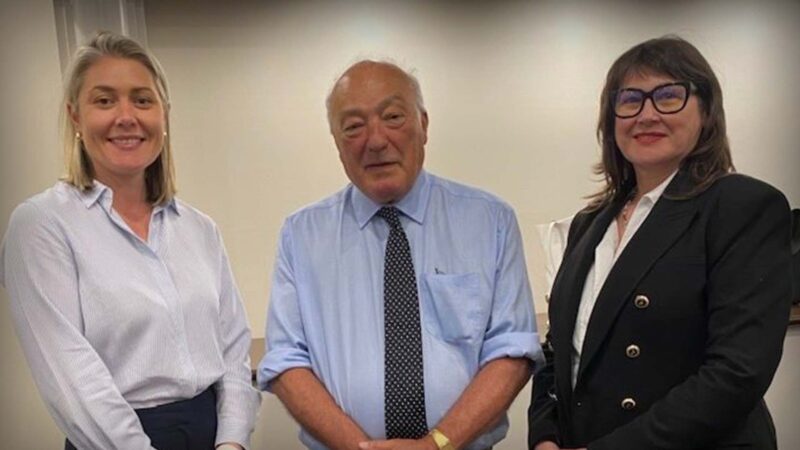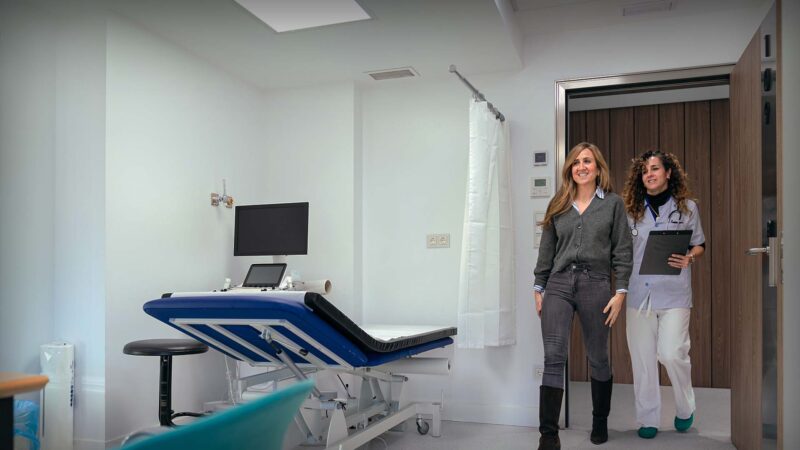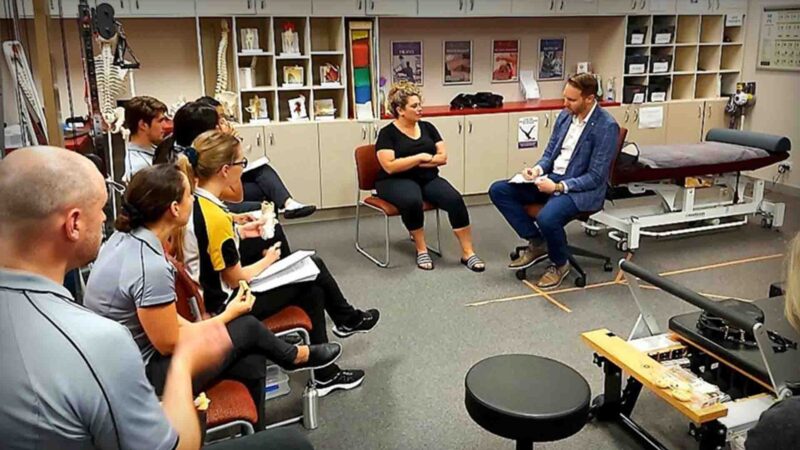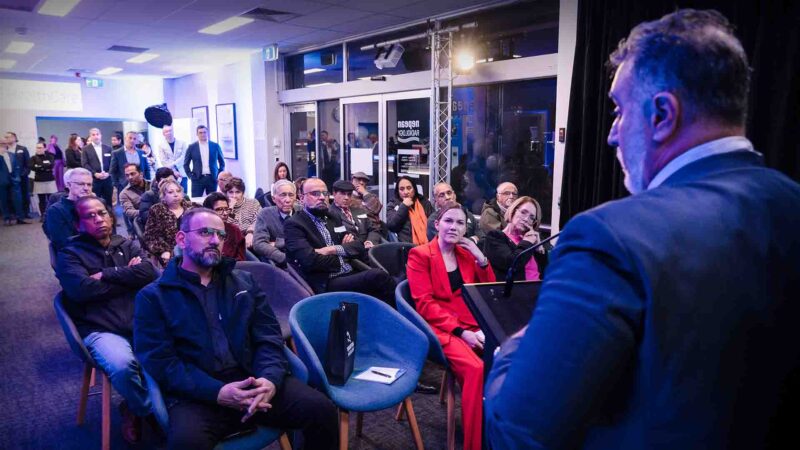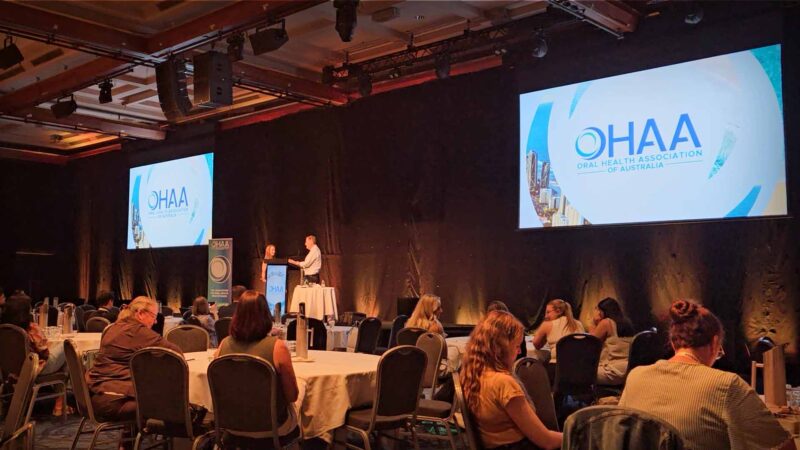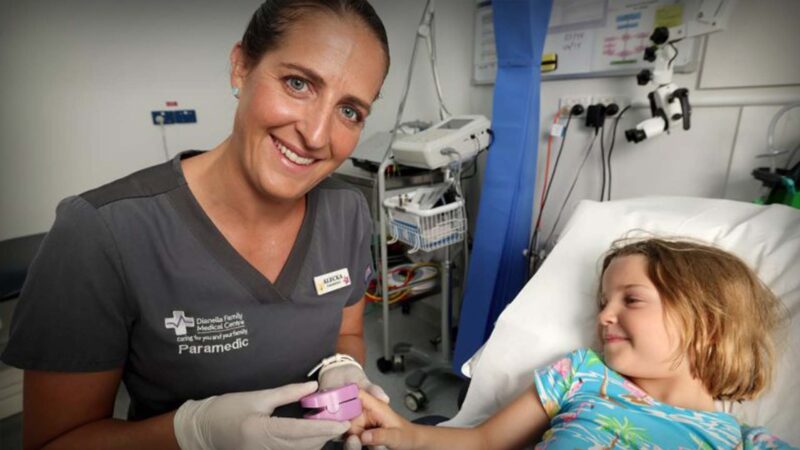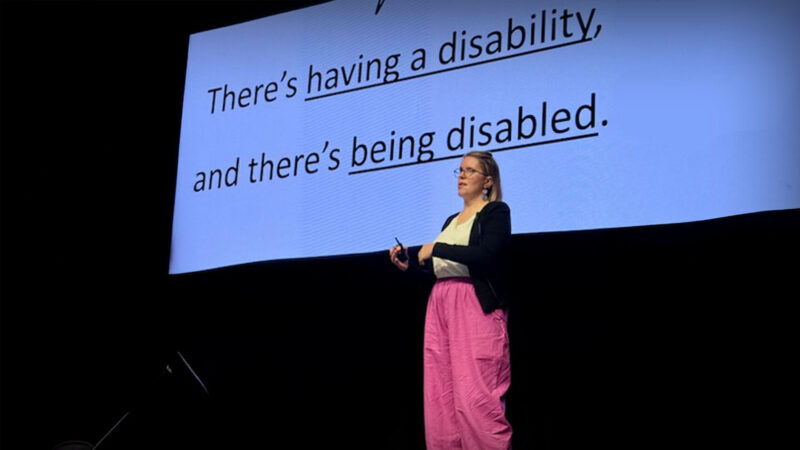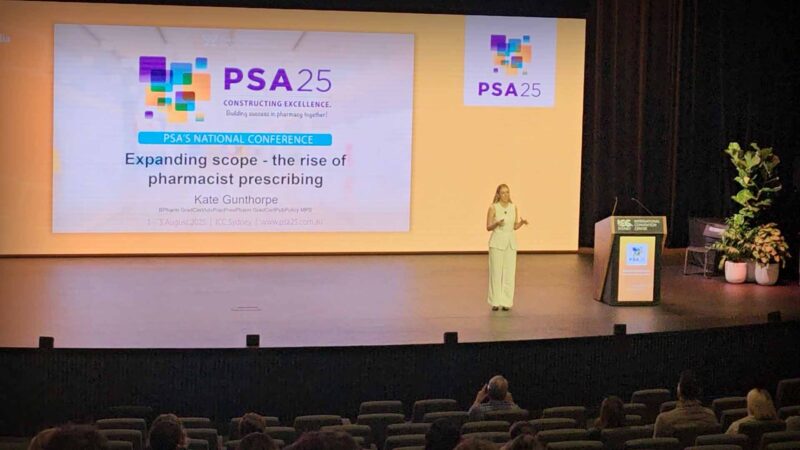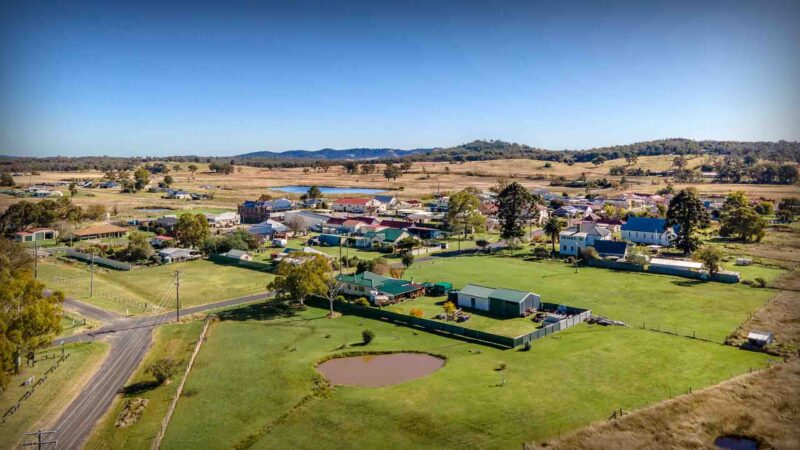Representing the profession that impacts individual lives and communities
Michelle Oliver is a highly experienced Occupational Therapist with nearly two decades of leadership and clinical expertise across the mental health, homelessness, and disability sectors. She holds a Master of Occupational Therapy from the University of South Australia and is a registered practitioner with AHPRA.

